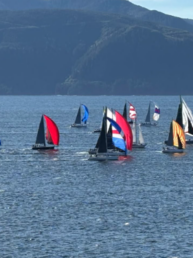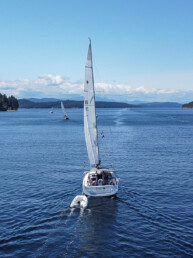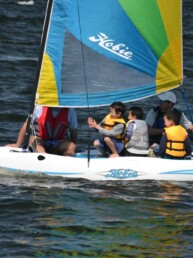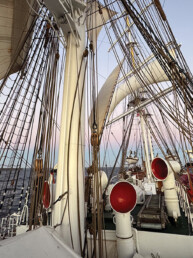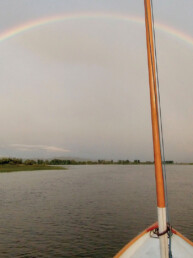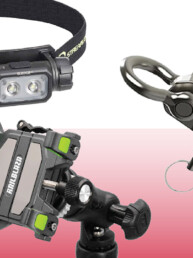One great virtue of electronic charts is their ability to be updated quickly by both NOAA’s Office of Coast Survey (OCS), who makes the charts, and then the mariners who use them on the water. Electronic Navigational Charts (ENC) are updated weekly by OCS. All type-approved ECDIS (electronic chart display and information system) software as well as many ECS (electronic chart system) used by recreational mariners such as OpenCPN, Coastal Explorer, and Time Zero products offer an automated chart update service built right into the navigation software.
You can configure the nav programs to check for new charts every time you start the program, or you can update manually. Then if you are online at the time, the program logs into the right NOAA web page, checks for latest charts, and downloads new ones. NOAA provides the needed application programing interface (API) for programmers to use for this.
An important caveat to this process is: for this to work, you must have loaded the charts in the first place using the program’s own chart loading function. Most nav programs with the auto-update option have two ways to initially load a chart: select it from a list of charts they provide and then the program gets the charts for you, or it lets you load charts manually by simply telling the program where charts are located on your computer. Loading charts manually can bypass the auto-update functionality. It is important to understand how your own ECS handles these updates. Using OpenCPN, for example, this means using the Chart Downloader plugin for all charts you want to automate, and then store all such charts in the same folder selected in that function.
To illustrate the power of modern chart updating options, we take a look at how mariner’s can take part in the process with what is effectively “crowd sourced” chart updating. We will look over the submission process for a user reported chart correction, and then follow through on it showing up in subsequent charts. We posted an earlier article on this process featuring a UKHO app designed for this. The US counterpart described there has since changed to what we show here, but the UKHO app is still available, and as far as we know could still be used to report comments on US charts, although the procedure shown here is the most direct.
What led us to return to this topic is we ran across a prominent naming error on ENC number US4WA11M (Puget Sound, Northern Part) that mis-labeled Montlake Cut at the west end of the Ship Canal that leads from the Puget Sound via the Ballard Locks into Lake Washington. On that chart it was called Montauk Cut—a famous maritime name for sure, but from NYC, not Seattle. Chart US4WA11M is scale 1:80,000, which is within the scale band 5 that spans scales of 1:50,000 to 1:150,000.
David Burch
David Burch is the owner and courses director of the Starpath School of Navigation. An author and authority on weather and navigation, he has more than 70,000 miles of ocean experience ranging from the Arctic ice edge to Tahiti and Australia in the Pacific and from New York to Panama in the Atlantic.

